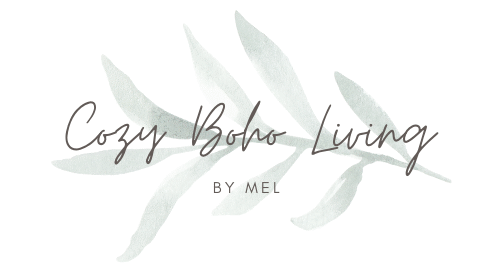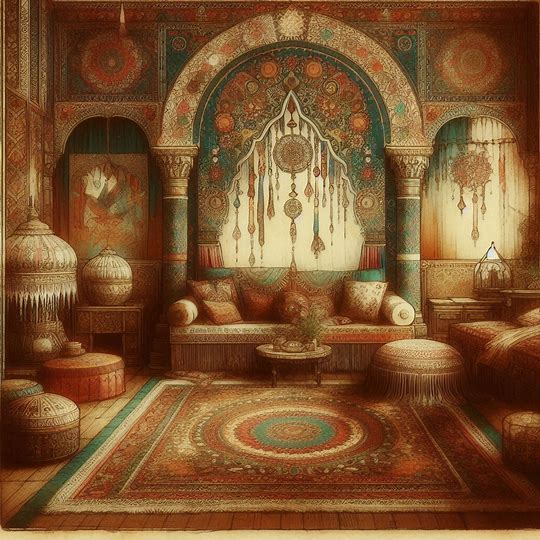Bohemian interior design is like a vibrant tapestry woven with threads of cultures, arts, and personalities. If you’re into spaces that tell stories, each piece with a unique history, you’re in the right realm. But where did this all begin?
The roots of bohemian style can be traced back to 19th-century France. After the French Revolution, artists were left with little in terms of resources but abundant in creativity and influence. They started gathering in the less polished quarters of Paris, embracing an unconventional lifestyle that valued art, music, and tradition over luxury and wealth. This was the birth of Bohemianism in the cultural sense, which naturally extended to how they dressed and decorated their environments.
What makes bohemian style so captivating is its mix of cultural and artistic influences, like a global tour captured within four walls. From vibrant Indian prints to Moroccan lanterns, each element adds a chapter to the space’s story. The style also borrows from Western nomads and Eastern philosophies alike, sticking to no single aesthetic while somehow making every piece fit just right.
The Czech connection also plays a role. The term ‘bohemian’ itself was used in France to describe the Romani people, thought to have come from the region called Bohemia. This association with a nomadic, whimsical lifestyle further fueled the design style’s rustic, carefree vibes.
In its essence, bohemian décor loves colors that speak volumes. You have rich earthy tones, warm jewel hues, and plush textures what many might call an organized chaos. Patterns and textures mix like a mad scientist’s concoction, with natural materials like wood and bamboo grounding the design.
True bohemian interiors are all about self-expression. They subtly challenge the conventional “cookie-cutter” home settings, offering an antidote to minimalism. In a world leaning towards uniformity, bohemian style hangs its hat on individuality.
Modern Bohemianism: Types, Adaptations, and Their Impact
Modern bohemian interiors honor tradition while celebrating personal expression, and understanding its various types can help you navigate your decor choices. So, let’s meet the five types of bohemians.
The Romantic Bohemian brings a storybook fantasy into life—think lacey drapes with floral patterns, antique treasures, and a soft, dreamy color palette. Their spaces often whisper nostalgia.
The Nomadic Bohemian stitches together influences from their journeys. Each rug, each trinket has a tale to tell—from marketplaces in Marrakech to the vibrant streets of Rio. The blend is unique and vividly personal.
The Beatnik Bohemian embodies rebellion through simplicity and functionality. Their interiors often feature retro prints, abstract art, and minimalist aesthetics, a nod to the 1950s cultural resurgence.
Meanwhile, the Zen Bohemian finds harmony in simplicity and tranquility. This type is deeply rooted in spirituality, favoring natural stone, peaceful color schemes, and a touch of wabi-sabi philosophy.
Last but not least is the Eclectic Bohemian, who seamlessly pulls it all together. They dance between these styles, skillfully creating a space that just feels right. Eclectic bohemians are the magpies of the design world, collecting bits that glitter their fancy and fitting them perfectly into their nests.
Bohemianism’s charm is in its adaptability and enduring appeal. Many are drawn to how it favors the expression of one’s taste over rigid structure. It continues to influence modern interior design, providing a sense of freedom and cultural depth rare in fast-paced urban living.
If you’re considering infusing your space with some bohemian flair, don’t overthink the rules—there aren’t any! Embrace the elements that speak to you, mix materials with little regard for matching, and let your environment evolve with you. A vase from a flea market, a hand-woven tapestry from a far-flung land—each piece should make you feel at home.
Urban spaces, with their often limited room and neutral palettes, are perfect canvases for boho touches. Layer textiles, harness natural light, and let plants add life and texture. Remember, the beauty of bohemian design lies in its ability to adapt and reflect who you are at the core.

